Okay, let’s cut the drama and get straight to it—because who has time for that? Our deep dive into the world of health and nutrition wasn’t exactly voluntary. It all started when our daughter Alice fell ill. And when I say ill, I don’t mean the “just a tummy ache” kind of ill. We’re talking about a deep dive into the rabbit hole of what the heck is going on with food these days?! Spoiler alert: It’s been quite the journey, and we’ve learned more about wheat than I ever thought possible. So, why is everyone suddenly so obsessed with Celiac Disease? Let’s unravel this gluten-y mystery.
Ancient Grains vs. Modern Wheat: A Tale of Two Wheats
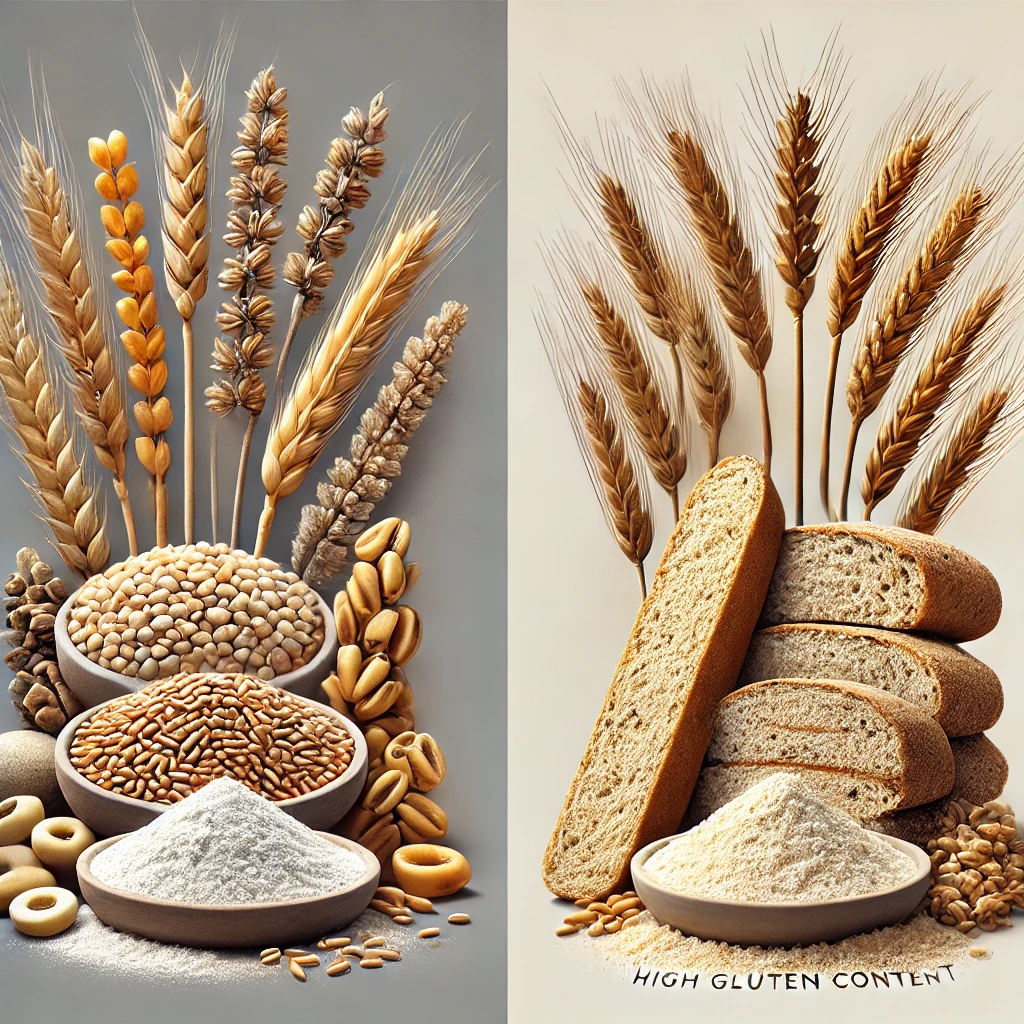
So, what’s all this fuss about wheat? I mean, haven’t humans been munching on bread for, like, thousands of years? Why is it now, in the age of TikTok and cat memes, that we’re suddenly having wheat issues?
Turns out, the wheat our ancestors ate was a whole different beast. Imagine Einkorn, Emmer, and Spelt walking into a bar (stay with me). These ancient grains were all, “Hey, check out my low-gluten levels and high nutrient count.” Fast forward to today, and modern wheat rolls in like, “Hold my beer, I’ve got four times the gluten and a whole lot less nutrition!” And that, my friends, might be part of why so many people are now struggling with gluten-related issues.
But before we get too carried away, let’s take a look at some resources if you’re as nerdy as we are about ancient grains versus modern wheat:
- Einkorn (This website offers a visual comparison of ancient and modern wheat varieties)
- YouTube (Modern Wheat vs. Ancient Einkorn)
The Rise of Modern Wheat and the Health Connection
The dramatic rise in gluten sensitivity and Celiac Disease over the past few decades seems to line up suspiciously well with the introduction of this super-gluten-packed wheat. Coincidence? Maybe. Conspiracy? Possibly. Let’s dig in.
Here’s what’s happening: Our bodies might not be equipped to handle the mega gluten load in modern wheat. Some researchers are looking into how this could be contributing to the increase in Celiac Disease and other gut issues. Want to dive deeper? Check these out:
- Dr. William Davis (Explores the connection between wheat and gut health problems)
- GrainStorm (How an ancient food staple became toxic junk food)
Understanding Celiac Disease
Now, let’s get serious for a second, because Celiac Disease isn’t something to joke about—believe me, we’ve lived it. When Alice was diagnosed, we suddenly had to become experts on all things gluten. For those who might not know, Celiac Disease is an autoimmune disorder where eating gluten is like setting off fireworks in your small intestine—not the fun kind. It can cause inflammation all over the body, and let me tell you, it’s no picnic. Here’s a quick rundown of symptoms:
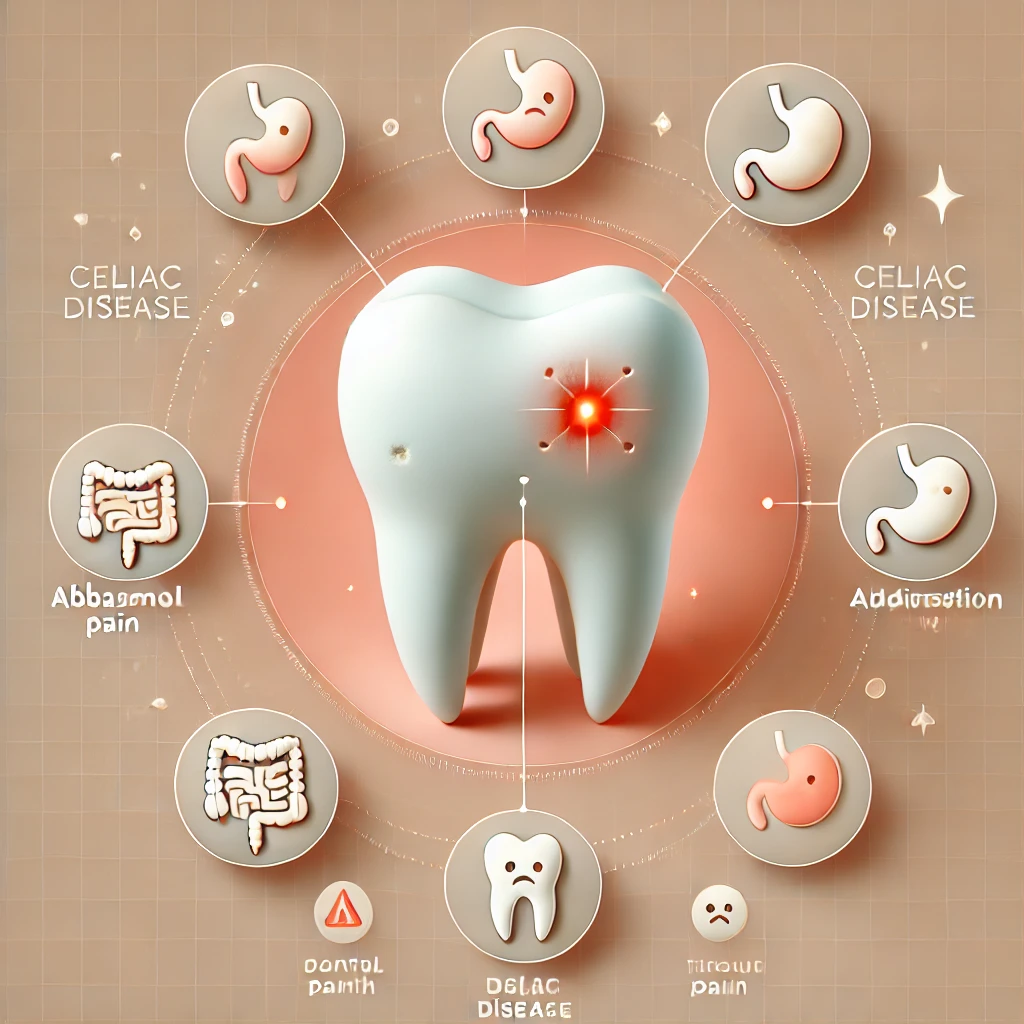
- Abdominal pain and bloatingChronic
- diarrhea or constipation (yeah, it’s a real party)
- Vomiting (again, not the fun kind)
- Weight loss
- Fatigue
- Mood swings and behavioral issues (just what every parent dreams of)
- Dental enamel defects (gluten’s revenge on your teeth)
- Low iron and vitamin deficiencies
- Delayed growth and failure to thrive
- Brain fog (who knew this was even a thing until our daughter was wandering around like a little lost cloud!)
If you’re sitting there wondering, “Do I have Celiac Disease?” You can take a quiz and find out more by following this link!
Unveiling The Real Underbelly: Debunking Gluten Conspiracy Theories
When you’re dealing with Celiac Disease, you inevitably stumble upon some wild conspiracy theories about gluten. We’re talking “Big Agriculture is out to get us” kind of stuff. Whether or not you buy into these, it’s always good to keep an open mind and question everything. Here’s some food for thought (pun totally intended):
- Hidden Agendas of Big Agriculture: Are those high-gluten wheat varieties being pushed on us by big corporations that care more about profits than our health? You decide.
- Suppressed Knowledge: Could it be that the food industry is keeping the real dangers of gluten under wraps? We’re just asking questions here!
- Government Cover-Up: Some say health agencies are downplaying Celiac Disease to avoid upsetting the apple cart (or should we say the wheat cart?).
- Corporate Influence on Research: Ever wonder if those studies about gluten are funded by the people who sell gluten-laden products? Hmmm…
- Alternative Health Movements: There’s a whole crowd out there that believes gluten intolerance is way more common than we’re being told.
We’ll leave it up to you to decide what’s what. But one thing’s for sure—we’ve learned to trust our gut (pun totally intended again).
Alice’s Story: A Search for Answers

Now for the part of our story that gets real. Our vibrant, always-on-the-go 6-year-old Alice suddenly wasn’t herself. The fatigue, the headaches, the stomach pain—it all started to take a toll. When she started walking funny because her feet were inflamed, we knew something was very wrong. And yet, the doctors told us it was anxiety. “She’s just stressed,” they said. But we knew our daughter, and stress wasn’t the issue.
We fought for answers, and finally, we found a doctor who listened—Dr. Brown at Redwood Pediatrics in Kansas City. I’m not going to lie, I cried in her office, begging for someone to help Alice. And help she did. More tests, more waiting, and then, the shockwave: Alice had Celiac Disease. Her immune system was basically at war with gluten, and her iron levels were tanking. It was like finding the missing piece of a terrible puzzle.
Don’t Settle: Advocating for Your Child’s Well-being
Parents, listen up: If something feels off with your child, don’t stop until you get answers. Too many kids are misdiagnosed and treated for surface-level issues when the real problem goes much deeper. Your child deserves a champion, and sometimes that means getting a second, third, or fourth opinion.
A Turning Point for Alice!
Once we cut gluten out of Alice’s diet, the change was almost immediate. The stomach pain that had been her constant companion? Gone. While recovery has been slow, we celebrate every little victory—like the day she told us she felt “clear” for the first time in months.

The Gut-Brain Axis: A Masterful Connection
Did you know your gut is often called your “second brain”? Yeah, we didn’t either until we had to. It turns out, what happens in your gut doesn’t stay in your gut. Gluten had been wreaking havoc not just on Alice’s stomach, but on her brain, too. Inflammation in her gut was sending distress signals to her brain, causing that awful brain fog and those terrifying headaches.
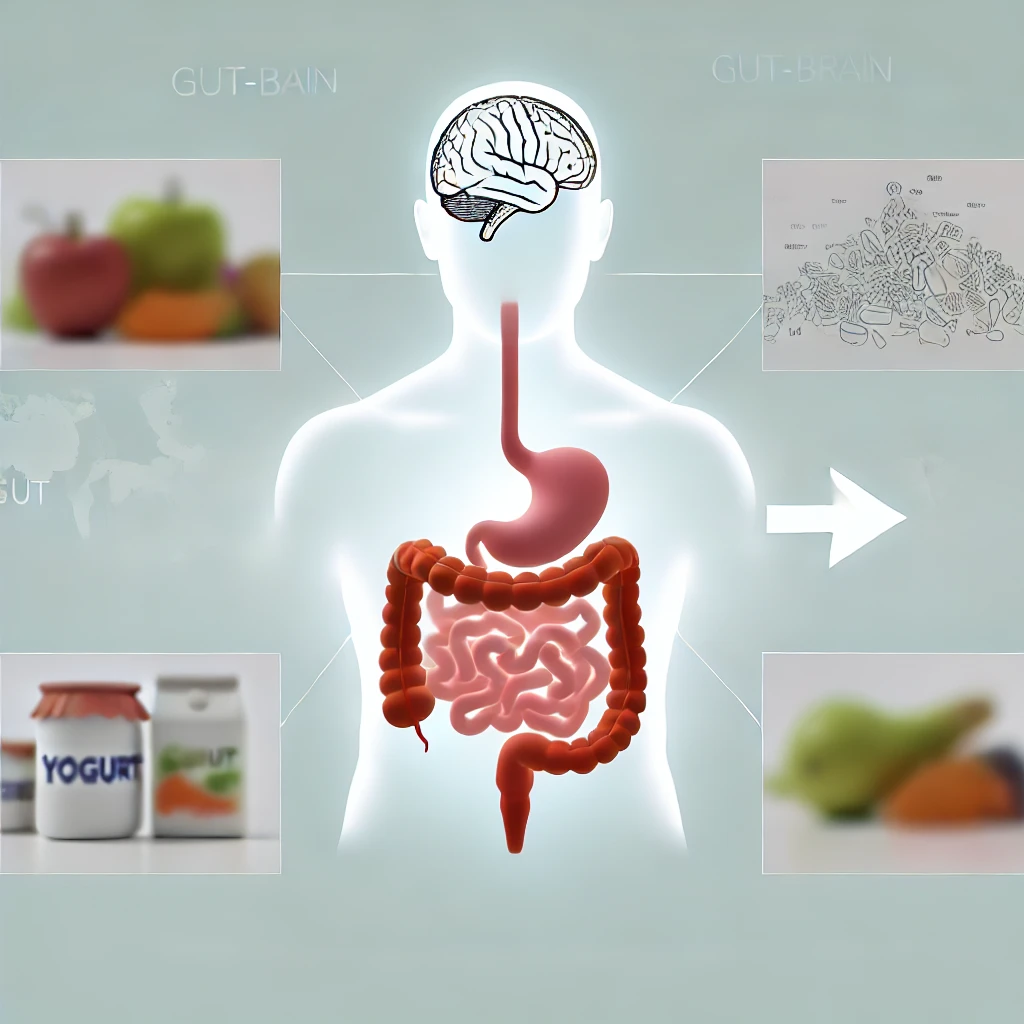
And here’s a conspiracy theory for you: Could the food industry and Big Pharma be in cahoots, keeping us sick so we keep buying their products? Okay, okay, maybe that’s a stretch—but it sure makes you wonder!
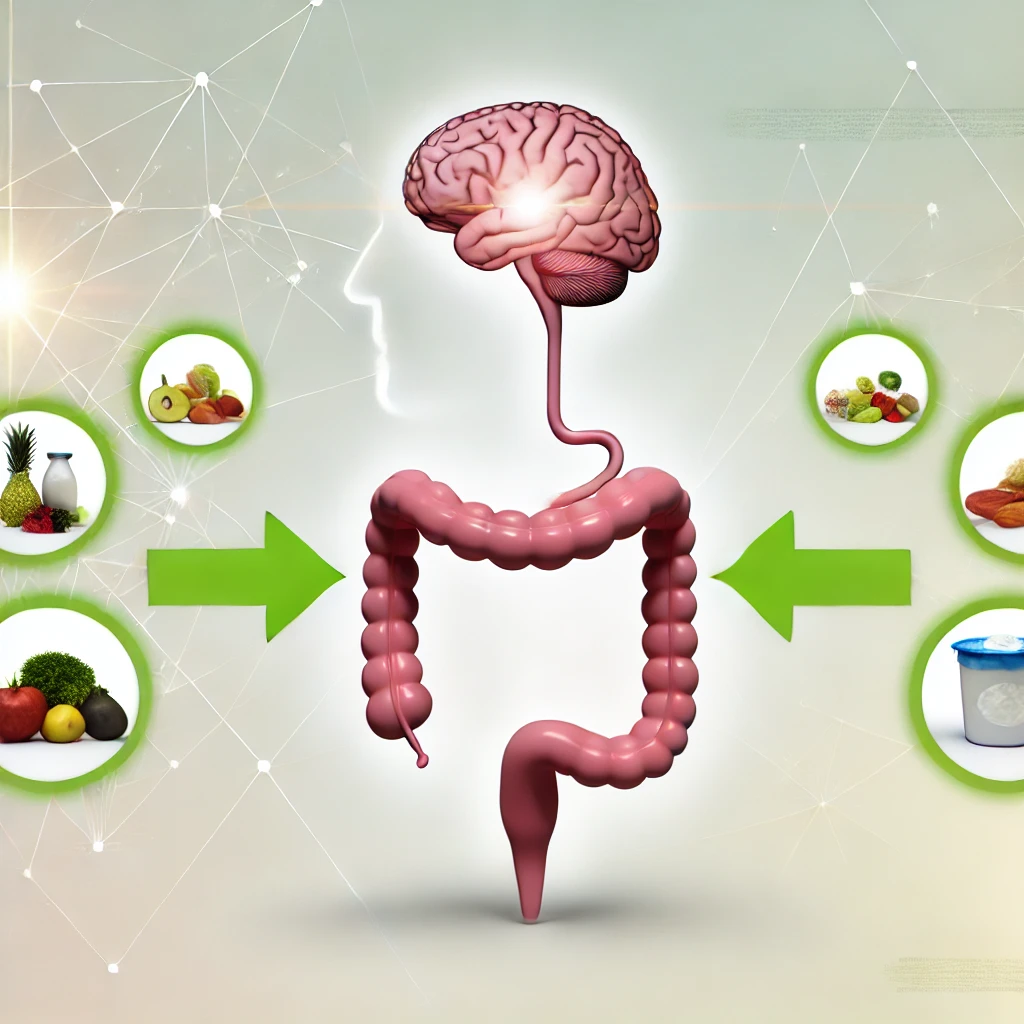
But seriously, gut health is key to overall well-being, and there are practical steps we can all take to improve it:
- Diet is key: Load up on fiber, fermented foods, and lean proteins. Ditch the processed junk.
- Manage stress: Try meditation, yoga, or just deep breathing. Oh, and get some sleep!
- Consider supplements: Probiotics can help balance your gut, and omega-3s are great for the brain. Just talk to a healthcare professional first.
- Regular exercise: It’s not just for looking good—it’s for feeling good, too. Aim for 30 minutes most days.
- Stay hydrated: Your gut will thank you!
Gluten-Free Living: Easier Than You Think
Starting a gluten-free lifestyle might seem daunting, but trust me, it’s totally doable. The market is packed with delicious alternatives that make the transition pretty smooth. Just remember, label reading is your new best friend. Stay tuned for our next post, where we’ll dive into the ins and outs of navigating food labels!
A Gluten-Free Diet
Here’s what changed for Alice:
Foods to Eliminate:
- Wheat, barley, rye (and anything containing them)
- Gluten-loaded bread, pasta, cereals, and baked goods
- Many processed foods and sauces (because gluten likes to hide)
Foods to Embrace:
- Naturally gluten-free grains like rice, quinoa, and corn
- Fresh fruits and veggies galore
- Lean proteins like fish, poultry, and legumes
- Dairy (if you’re not lactose intolerant)
- A variety of nuts, seeds, and legumes
Moving Forward: Individualized Approaches and Continuous Learning
Everyone’s journey is different, and what works for one person might not work for another. While Celiac Disease has been a huge challenge for our family, we know not everyone deals with the same sensitivities. It’s important to listen to your body and get advice from a healthcare professional. We’re all in this together, so share your experiences, and let’s learn from each other!
A Beautiful Spirit Brought Back

Watching Alice come back to life has been nothing short of miraculous. Her energy is back, her smile is brighter, and she’s even reclaiming her sass (as parents, we know that’s a good sign). Every day, she’s thriving more and more, and we couldn’t be more grateful.
Beyond Alice’s Story: Resources and Support
If you’re navigating Celiac Disease, we know it can feel overwhelming. Here are some resources and links below that have been lifesavers for us:
- Celiac Disease Foundation
- Beyond Celiac
- Might I add Reddit Community helped us as well!
These organizations offer tons of information, support, and advocacy. And don’t forget to connect with online communities and support groups. Sharing experiences and learning from others can be a game-changer.

Looking Ahead: A Journey of Discovery
Our journey with Celiac Disease is just beginning, but we’re excited to share what we learn with you. We’re on a mission to understand the complexities of this condition and the broader implications of modern agriculture on our health. Your insights are just as valuable as ours, so join the conversation. Let’s learn, grow, and support each other on this path to better health. Stay tuned for more!
Knowledge is power, and by sharing information and stories, we can empower each other to take control of our health. We’re committed to bringing you the latest research, practical tips, and inspiring stories. Let’s keep this conversation going!
Check out my other letter titled: Navigating the Gluten Minefield: Our Celiac Adventure
Let’s reclaim what is rightfully our’s in this digital noise we live in. Join us in this exploration of how deep the rabbit hole actually goes.
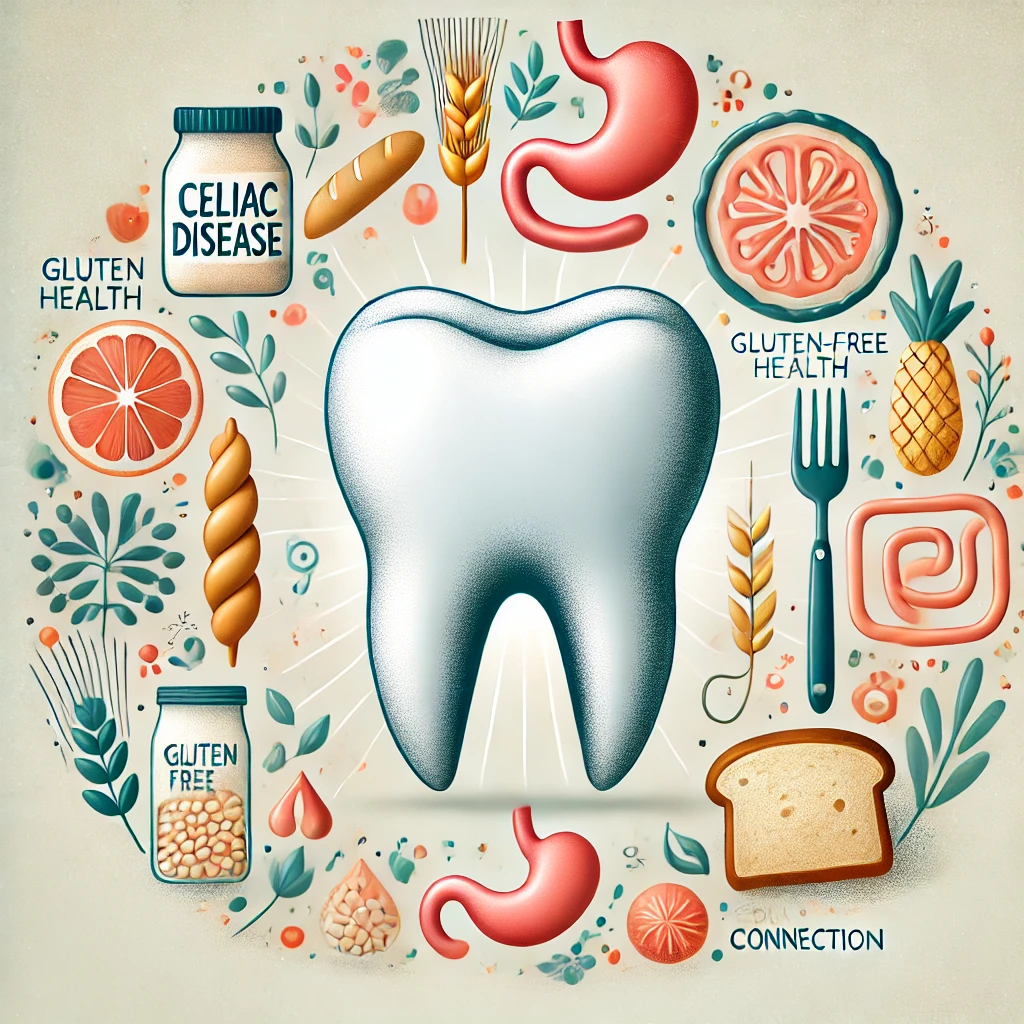
No responses yet